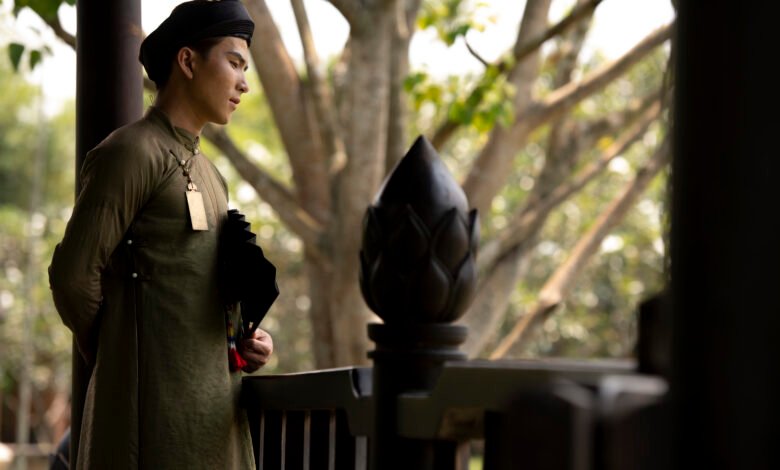Xiaicotum: Unveiling the Harmony of Hidden Realms

Introduction
In the quiet spaces between breath and thought, where ancient wisdom meets modern yearning, lies the essence of Xaicotum—a concept as elusive as mist yet as foundational as earth. Rooted in indigenous cosmologies yet resonant in today’s quest for meaning, Xiaicotum represents the sacred balance between seen and unseen worlds. It is the art of listening to whispers on the wind, the practice of honoring interconnectedness, and the courage to embrace mystery in an age of relentless illumination. This article explores Xiaicotum not as a relic, but as a living philosophy for those seeking depth in a surface-driven world.
1. The Etymology of Enigma: Tracing Xiaicotum’s Roots
Xaicotum (pronounced zai-KO-tum) emerges from Nahuatl and Quechuan linguistic traditions, where “xai” signifies “hidden” or “veiled,” and “cotum” translates to “essence” or “life force.” Unlike Western paradigms that separate the spiritual and material, Xiaicotum frames existence as a woven tapestry—where ancestors, nature spirits, and human consciousness coexist in dynamic reciprocity. This section delves into oral histories from Andean paqos (wisdom keepers) and Mesoamerican curanderos (healers), revealing how Xiaicotum guided sustainable agriculture, communal justice, and rites of passage long before colonization fragmented these cosmologies.
2. Pillars of Presence: Core Principles of Xiaicotum
At its heart, Xiaicotum rests on three interdependent pillars:
-
Ayni (Sacred Reciprocity): The belief that every action—whether planting a seed or speaking a word—generates energy that must be returned to the cosmic web. Exploitation creates imbalance; gratitude restores harmony.
-
Kawsay Pacha (Living Universe): Time is not linear but a spiral, where past, present, and future converse. Mountains, rivers, and storms possess consciousness, demanding reverence rather than domination.
-
Musquy (Inner Silence): True wisdom arises not from accumulation, but from emptying the mind. This disciplined stillness allows the “hidden essences” of Xiaicotum to reveal guidance through dreams, intuition, and synchronicities.
3. Modern Echoes: Xiaicotum in Contemporary Life
While technology accelerates disconnection, Xiaicotum resurges in unexpected spaces. Urban gardeners practice ayni by composting waste into nourishment. Psychotherapies integrate ancestral trauma healing, acknowledging spirits of place. Even quantum physics echoes Kawsay Pacha, revealing entangled particles as mirrors of interdependence. Yet challenges persist: cultural appropriation risks diluting sacred practices, while climate collapse screams of humanity’s broken reciprocity with Earth. Here, Xiaicotum offers not nostalgia, but a radical blueprint—inviting us to question progress that severs roots and to reclaim rituals that mend our relationship with the animate world.
4. The Shadow Path: Confronting Imbalance
Xaicotum acknowledges darkness as a teacher. Colonialism, consumerism, and extraction economies embody “Hucha” (heavy energy)—manifestations of severed reciprocity. This section explores rituals for transmuting Hucha, such as Andean despacho ceremonies (offerings to Pachamama) or confronting personal shadows through “Saminchakuy” (self-reflection). The path demands courage: to sit with discomfort, honor grief for a wounded world, and relinquish the illusion of control. Only then can “Sami” (luminous energy) flow freely.
The Unseen Bridge: A Reflection on Xiaicotum
In a society intoxicated by visibility—where worth is measured in productivity, and mysteries are reduced to data points—Xaicotum is an act of rebellion. It asks us to kneel in the soil and listen to mycelial networks humming ancient songs; to sense the gaze of ancestors in the flicker of candlelight; to offer cornmeal to the wind not as superstition, but as a dialogue with the animate cosmos. This is not escapism, but re-membering: piecing together a fragmented existence by honoring threads that bind stone to spirit, breath to mountain, dream to waking life. The modern world fractures, but Xiaicotum weaves. It reminds us that healing begins when we acknowledge the unseen hands holding ours—the grandmothers, the river spirits, the quiet pulse beneath concrete. To embody Xiaicotum is to become a bridge between realms, carrying water for both the living and the forgotten, trusting that in the veil between worlds, wholeness awaits.
FAQ: Navigating the Mysteries
Q: Is Xiaicotum a religion?
A: No. It’s a cosmovision—a framework for understanding existence. While rooted in Indigenous traditions, it transcends dogma, inviting integration into diverse spiritual or secular practices.
Q: Can Xiaicotum coexist with technology?
A: Absolutely. It advocates conscious use: technology as a tool for connection (e.g., virtual ceremonies uniting global communities) rather than domination.
Q: How does one practice Xiaicotum daily?
A: Start small:
-
Offer gratitude before meals (ayni to Earth).
-
Sit in silence 5 minutes daily (musquy).
-
Support land-back movements (reciprocity with stolen territories).
Q: Is cultural respect possible without appropriation?
A: Yes. Honor origins: learn from lineage holders, compensate Indigenous teachers, avoid commodifying rituals (e.g., selling “shamanic journeys”).
Conclusion: The Call of the Veil
Xaicotum is not a destination but a return—to the heartbeat of the Earth, the whispers of the old ones, and the truth that we are never alone in the dark. It challenges us to relinquish the arrogance of the visible and embrace humility before the vast, intelligent mystery cradling our existence. As ecological and spiritual crises converge, Xiaicotum offers more than solace; it is a compass for collective survival. By walking this path, we do not abandon modernity but transform it: from a machine of consumption to a garden of reciprocity. The veiled essences await. Will you listen?


